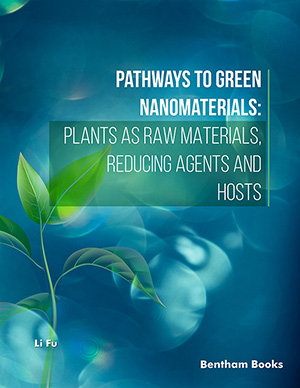Abstract
One of the major challenges in the development of biomaterials is the adaptation of the complex elastic nature and elongation of human tissues during biomechanical functional loading. Composite materials present the most appropriate means of attempting to match the mechanical and biocompatibility requirements. Composite films from polylactic acid (PLA) and sol-gel derived bioglass (BG) powders with particle size ranging from 50-100 nm were produced by solution casting method. Three different bioglass mixtures of 0.1, 0.5 and 1% bioglass were prepared. Physico-chemical and morphological properties of bioglass, pure PLA and PLA composites were investigated using XRD, SEM and FTIR. Bioglass particles were further treated by nanolayer coating of 3-aminopropyltriethoxysilane (APTES) to improve its mechanical properties. The effects of surface treated bioglass on the fracture of the PLA/bioglass composites were investigated under tensile loading conditions. The results suggest by nano-surface treating the bioglass with 1% APTES significantly influences the percentage elongation of the PLA/bioglass composite at fracture. SEM shows more agglomeration of untreated bioglass within the composite. In the treated samples, a better distribution of nanosized bioglass within PLA matrix was observed. Nanolayer modified bioglass /PLA thin film composites may have a wide range of biomedical applications in tissue engineering with improved elastic properties.
Keywords: Bioglass, composites, elastic properties, nanolayer, polylactic acid, silane.
























